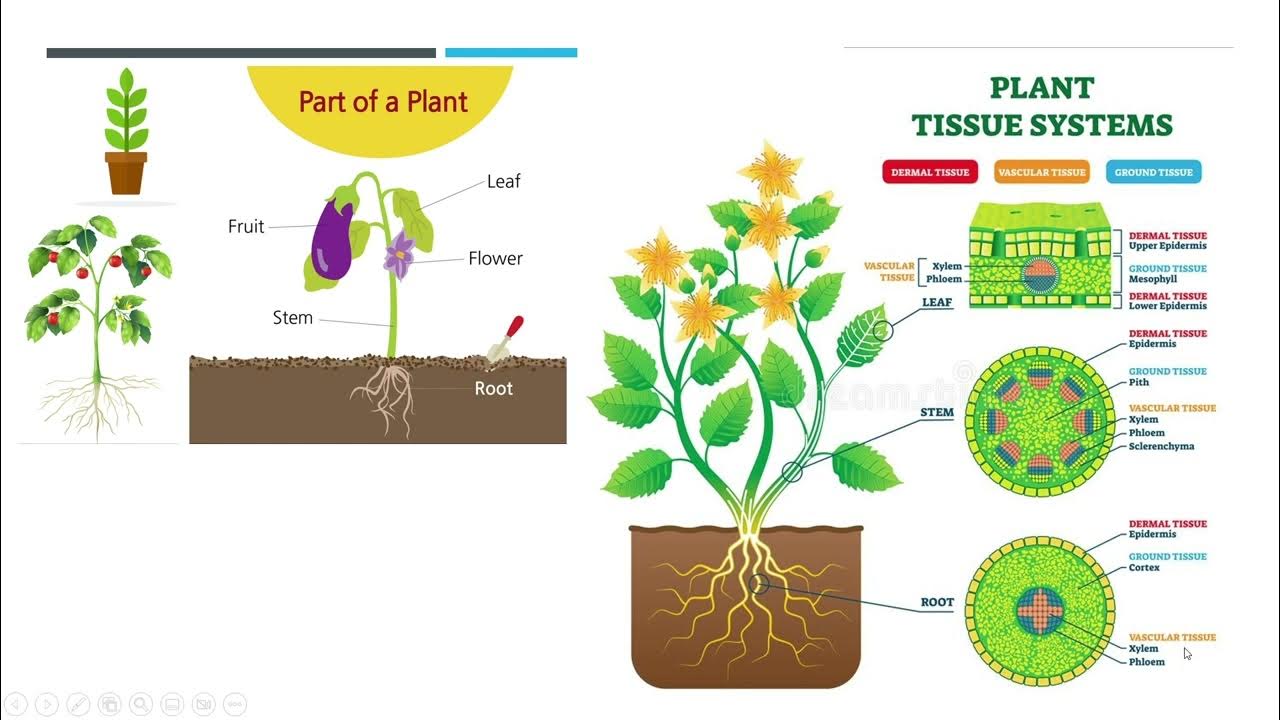Como Ocorre o Aumento da Força Muscular? - Parte 2: Adaptações Morfológicas - Treino Correto #73
Summary
TLDRThis video lesson explores the structural adaptations involved in increasing muscular strength, focusing on the changes within both the nervous and muscular systems. The instructor explains how neural adaptations, such as enhanced neuromuscular junctions and motor unit recruitment, contribute to greater force production. Additionally, muscle hypertrophy is discussed, emphasizing fiber growth and changes in muscle architecture, as well as the effects of tendon stiffness and connective tissue on strength. The video also touches on the importance of understanding these processes for effective training, nutrition, and supplementation strategies aimed at maximizing strength gains.
Takeaways
- 😀 The video explains the structural adaptations in the body that lead to muscle strength improvement, focusing on the nervous and muscular systems.
- 😀 The process of muscle hypertrophy (muscle growth) is linked to the increase in the cross-sectional area of muscle fibers, which enhances muscle force production.
- 😀 Neural adaptations, such as the enlargement of the neuromuscular junction, help increase neurotransmitter release, improving muscle contraction and strength.
- 😀 An increase in the number of motor units connected to muscles allows for greater strength output by enabling simultaneous activation of multiple synapses.
- 😀 The size of muscle fibers affects their ability to produce force, and muscle fiber architecture, particularly in pennate muscles, can impact strength and contraction speed.
- 😀 The increase in muscle fiber size leads to better force production, but changes in fiber angle due to growth may slightly reduce force output in some cases.
- 😀 The video discusses how the rigidity of tendons, which may increase with training, can improve force transmission, as stiffer tendons are less affected by deformation.
- 😀 Changes in connective tissue around muscle fibers can also aid in strength production by providing more anchor points for tendons during muscle contraction.
- 😀 Training can cause preferential hypertrophy of Type 2 muscle fibers (which are stronger), which further contributes to an increase in strength.
- 😀 The trainer's understanding of these adaptations is essential for designing effective strength training programs, as it helps in selecting suitable methods, exercises, and recovery strategies.
Q & A
What is the main focus of the video lesson?
-The main focus of the video lesson is to explain how muscle strength increases through structural adaptations in both the nervous and muscular systems, specifically through hypertrophy and neural adaptations.
What are the key neural adaptations that contribute to muscle strength?
-The key neural adaptations include the increase in the neuromuscular junction area, allowing for more neurotransmitter release and greater muscle contraction. Additionally, more motor units are recruited, allowing for a stronger contraction.
How does the neuromuscular junction affect muscle strength?
-The neuromuscular junction is where the neuron connects to the muscle fiber. A larger junction area allows for more neurotransmitters to be released, which increases the action potential, leading to stronger muscle contractions.
What is hypertrophy and how does it contribute to muscle strength?
-Hypertrophy refers to the increase in the size of muscle fibers, particularly through the enlargement of myofibrils. This increases the cross-sectional area of the muscle, contributing to greater force production.
How do muscle fiber architecture and fiber type influence muscle strength?
-The architecture of muscle fibers, especially pennate muscles, affects strength because the angle at which the fibers contract impacts force production. Additionally, training can favor the growth of type II fibers, which are stronger, thus improving muscle strength.
How does muscle fiber type change with training?
-With training, muscle fibers can change type. For example, type IIx fibers may transform into type IIa fibers, which are more resistant to fatigue and better at generating force. This contributes to increased muscle strength.
What role do satellite cells play in hypertrophy?
-Satellite cells are activated during training and contribute to hypertrophy by aiding in the repair and growth of muscle fibers, increasing their size and strength.
What are the effects of tendon stiffness on muscle strength?
-Although not conclusively proven by research, increased tendon stiffness is believed to enhance muscle strength by reducing deformation during contraction, allowing for more efficient force transmission.
How does connective tissue impact force production?
-Connective tissue, which surrounds muscles and tendons, may aid in force production by providing additional anchoring points for tendons. This helps to transmit the force generated by muscle contractions more effectively.
Why is understanding these physiological adaptations important for trainers?
-Understanding these adaptations is crucial for trainers to design effective training programs. It helps them respect the stages of muscle development and optimize the use of nutrition, supplements, and training methods to maximize muscle strength and hypertrophy.
Outlines

Cette section est réservée aux utilisateurs payants. Améliorez votre compte pour accéder à cette section.
Améliorer maintenantMindmap

Cette section est réservée aux utilisateurs payants. Améliorez votre compte pour accéder à cette section.
Améliorer maintenantKeywords

Cette section est réservée aux utilisateurs payants. Améliorez votre compte pour accéder à cette section.
Améliorer maintenantHighlights

Cette section est réservée aux utilisateurs payants. Améliorez votre compte pour accéder à cette section.
Améliorer maintenantTranscripts

Cette section est réservée aux utilisateurs payants. Améliorez votre compte pour accéder à cette section.
Améliorer maintenantVoir Plus de Vidéos Connexes

Como Ocorre o Aumento da Força Muscular? - Parte 1: Adaptações Neurais - Treino Correto #72

GENERAL BIOLOGY 1: Cell Types and Cell Modifications

P.E. Grade 10 - Active Recreation-LIFESTYLE & FITNESS- 2nd Quarter (MAPEH)

TECIDOS DO CORPO HUMANO - RESUMO

This is What Exercise Does to Your Muscles | Institute of Human Anatomy

Module 6: Cell Modifications- General Biology I
5.0 / 5 (0 votes)
